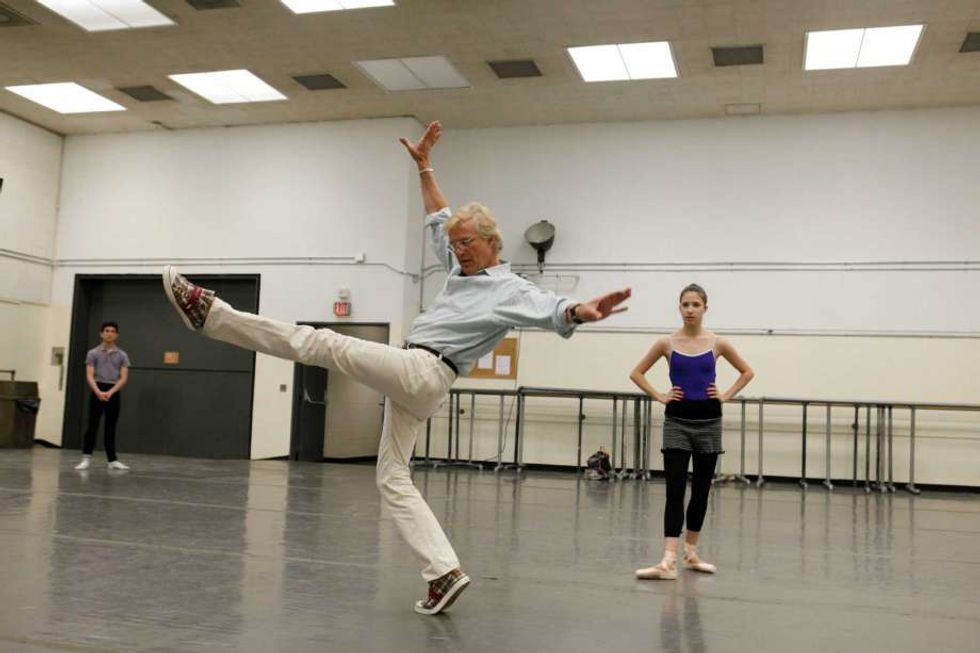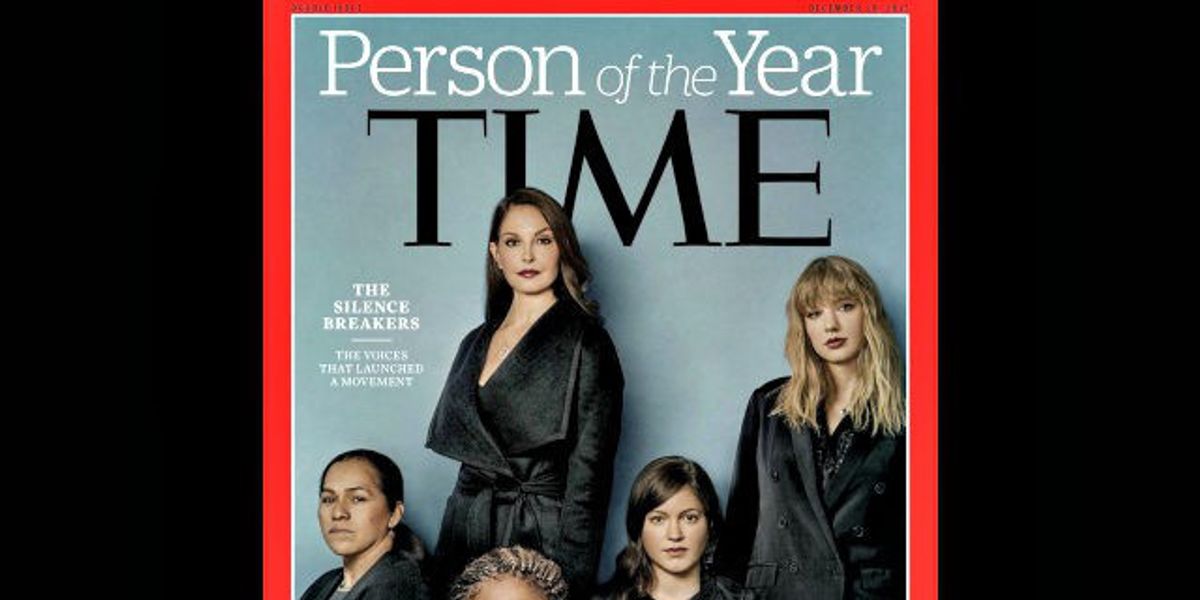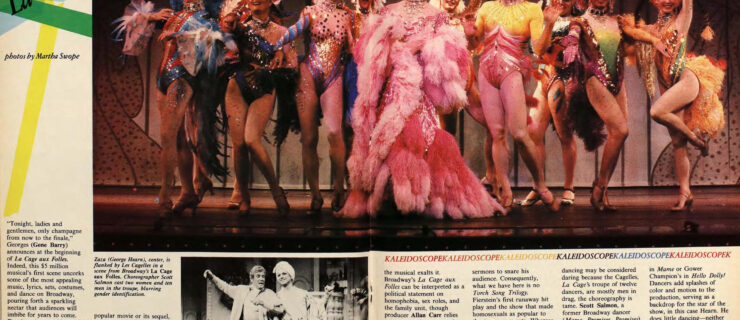Op-Ed: In the #MeToo Era, Every Word Matters. Including “Fuzzy.”
On Monday, The New York Times broke a story about ballet that was quickly picked up by other national and international news outlets. Peter Martins, longtime ballet master in chief of New York City Ballet and head of the faculty of the School of American Ballet, has been accused of sexual harassment in an anonymous letter. The dance world may or may not have been surprised by this.
I certainly didn’t feel surprise at the news. Writing this on the day that Time magazine has named “The Silence Breakers” of #MeToo “Person of the Year,” this story seems of a piece with the many others we’ve watched in recent weeks with a mixture of horror, relief and vindication as men begin to face consequences for their disregard for the personhood of the women around them.
But the way this news was delivered by The New York Times angered me even more than the news itself, and it stands out among all the other coverage I have seen of the Martins accusations. The article gives glimpses into ballet company culture which reveal a legacy of profound dysfunction and misogyny, but the writer doesn’t actually call out or examine this legacy and thus ends up perpetuating it.

Paul Kolnik
The first half of the article delivers facts in a straightforward fashion. But something goes awry in the 12th paragraph, which begins: “The world of ballet is a fuzzy area, those involved say, in which people are regularly touching one another through choreography and instruction.”
“Fuzzy?”
I suppose the intention of this sentence is to distinguish “the world of ballet” from that of, say, politics or finance, where touching each other is not a regular part of the job. Certainly, because physical contact figures heavily in dancers’ daily work, there may be more opportunity for a harasser to grope.
More opportunity, however, does not make a “fuzzy area.” Dancers, of all people, understand the quality of touch and can distinguish the benign from the lascivious. It should be quite clear that just because you’re dancing with someone, or directing someone in the ballet studio, you don’t also get to objectify and grope them. It should be quite clear. But it must not be. It must not ever have been.
The writer continues: “An artistic leader like Mr. Martins looms large — particularly among up-and-coming, young dancers — as a producer who decides which ballets are performed; as a casting director who determines which dancers land the best parts; and as a father figure who designates dancers for promotion.”
Really, I just want to pause here and ask where the phrase “father figure” has come from? We have three roles listed: producer, casting director, and…father figure? Was Harvey Weinstein referred to this way in the media when the story broke? Or Al Franken?
I’m getting confused and more angry. Could it be that “father figure” is a role the dance field has expected of (male identifying) artistic directors? The statement implies it. And I can’t help but feel that the implication points to a tendency in ballet to infantilize dancers, particularly women.
Ballerinas, how often (over the age of 18) have you been called “girls” or “ladies” in the studio, while the men have been called, well, “men”? When dancers are infantilized in this way, it can lead to a corresponding tendency to romanticize the power and influence of those who direct them. By, for example, calling them “father figures.”
The article goes on to offer a series of facts about Balanchine’s behavior towards women which, quite frankly, are horrifyingly paternalistic, domineering and emotionally abusive. In dance, we’ve heard these stories many times before, often re-told affectionately. Here the facts are presented in straightforward statements that could, in another piece, point toward condemnation. But they are followed by a quote from former NYCB dancer Wilhelmina Frankfurt that casts that familiar romantic glow over Mr. B’s behavior and condemns Martins’s by contrast: “The only way that Peter rivaled Mr. B. was as a Casanova. However, where Mr. B. was charm incarnate, Peter was a basher.”
In the world of ballet, then, a director who is “charm incarnate” can—and did—get away with acting the Casanova, to the point of demanding that dancers give up their boyfriends. But a “basher” must eventually be called out, as Martins is in the next few paragraphs, which recite his criminal charges for assault and drunk driving—setting him further apart from the elegant suavity of Balanchine’s hallowed legacy.
Of all the coverage of the Martins allegations, the Times‘s voice, in breaking the story and as the home paper of NYCB, is arguably the most influential. The piece offers more substance than any other so far, including this background information about ballet culture. But without condemning the clear misogyny permeating that culture, the Times, intentionally or not, ends up normalizing it and portraying Martins as an exceptional case. Is he, though?
In this fiercely competitive field, dancers have been trained to be docile, their bodies obedient to their own and others’ commands. Speaking out has not traditionally been encouraged, which makes the Martins letter all the more surprising (and its anonymity absolutely unsurprising). After this first step, it remains to be seen how #MeToo will continue to unfold in dance. But when it does, Mr. B’s famous quote, “Ballet is woman” may reveal truth he never anticipated. For the moment, let’s just say, “Ballet is Anonymous.”




